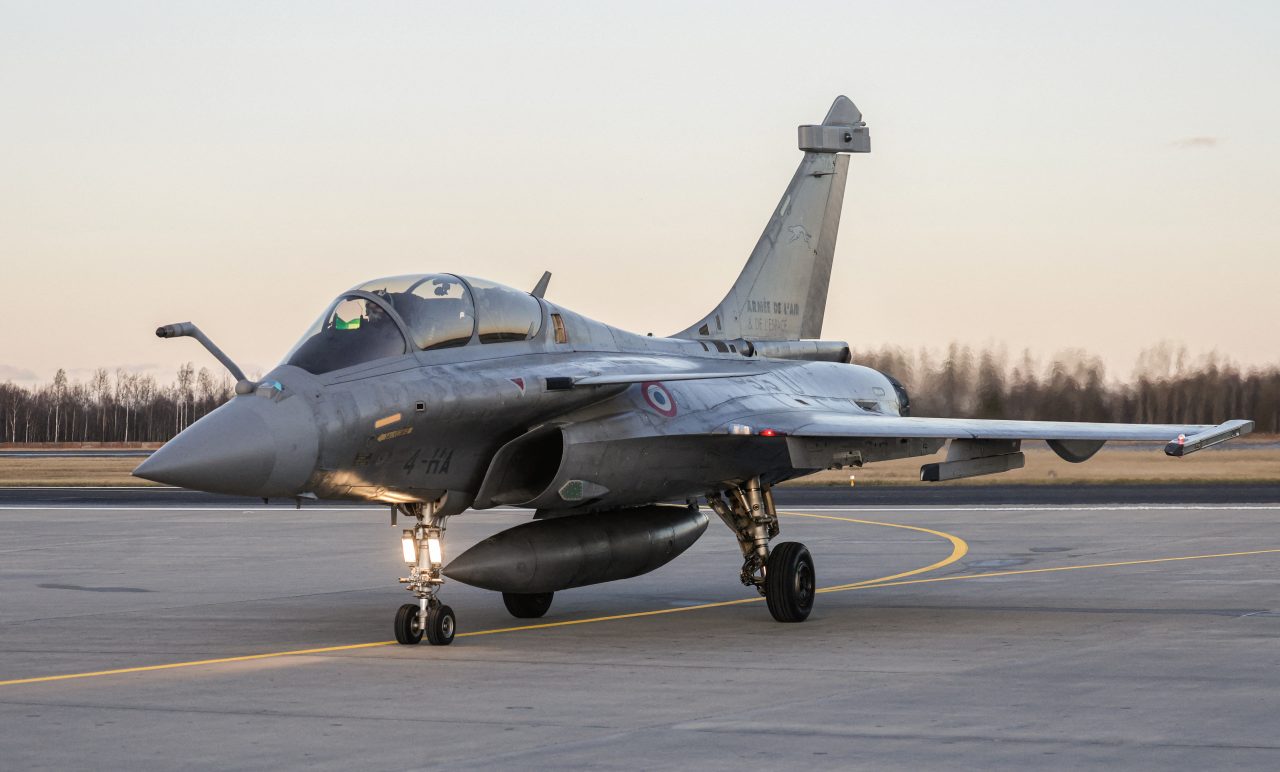When delivered, the jets would join 36 French-made Rafale fighters already acquired by New Delhi as part of its efforts to rapidly modernise its military hardware.
“The governments of India and France have signed an inter-governmental agreement for the procurement of 26 Rafale Aircraft,” the defence ministry said in a statement.
The jets made by French aerospace company Dassault Aviation are expected to operate from Indian-made aircraft carriers, replacing the Russian MiG-29K jets.
“It includes training, simulator, associated equipment, weapons, and performance-based logistics,” as well as 22 single-seater and four twin-seater jets, said India’s defence ministry.
“It also includes additional equipment for the existing Rafale fleet of the Indian Air Force (IAF).”
The Indian government announced its intention to procure 26 Rafales in 2023, when Prime Minister Narendra Modi visited France for the Bastille Day celebrations.
Despite its historical ties with Russia as a key supplier of military equipment, India has diversified in recent years, making key purchases from France, the United States, and Israel.
Dassault stated that the jets will provide India with “state-of-the-art capabilities” and an “active role in guaranteeing national sovereignty and consolidating India’s role as a major international player.”
India’s navy is the first user outside France of the Rafale Marine jet, the company said.
The earlier contract for 36 Rafale aircraft, agreed in 2016, was worth about $9.4 billion.
Many global arms suppliers view the world’s most populous nation and fifth-largest economy as a key market.
India has become the world’s largest arms importer with purchases steadily rising to account for nearly 10 percent of all imports globally in 2019-23, the Stockholm International Peace Research Institute (SIPRI) said last year.
India has also eyed with worry its northern neighbour, China, especially since a deadly 2020 clash between their troops.
That sparked a wave of defense reforms in the country, with both a push for new contracts from foreign suppliers and simplified laws to promote domestic manufacturing and the co-production of critical military hardware.
This decade, India has opened an expansive new helicopter factory, launched its first domestically built aircraft carrier, and conducted a successful test of its long-range hypersonic missile.
That, in turn, has fostered a growing arms export market, which saw sales last year worth $2.63 billion — still a tiny amount compared to established players, but a 30-fold increase in just a decade.
India has deepened defence cooperation with Western countries in recent years, including the Quad alliance with the United States, Japan, and Australia.



